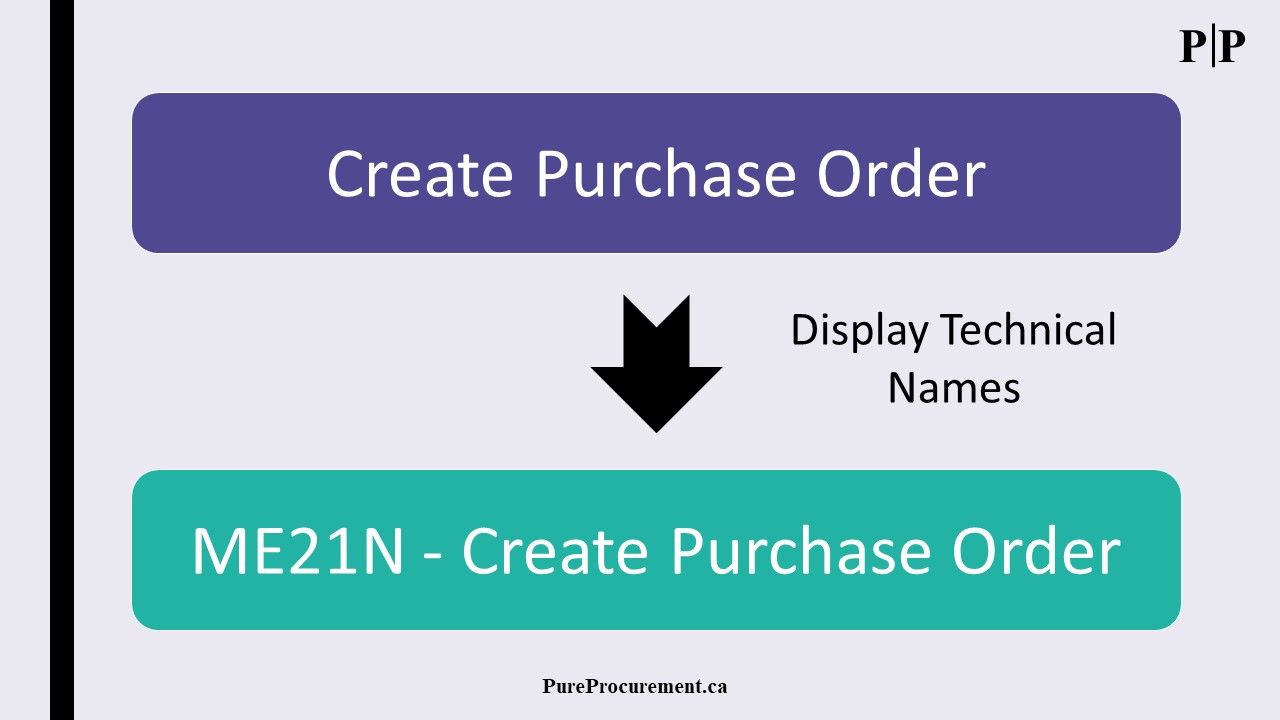
I have a problem with the often-used expression: best practices. Phew… There I said it. I’ve been holding that in for a while… But why you ask?
The definition of Best practice is:
Noun. Commercial or professional procedures that are accepted or prescribed as being correct or most effective.
Oxford Dictionary
On the other hand, the definition of Effective is:
“Adjective. Successful in producing a desired or intended result.”
Oxford Dictionary
Therefore, best practice simply means the best way to solve a problem to reach a specific objective. So far so good.
Where Problems Arise with Best Practices
When a client asks about “best practices” for any given problem, my answer is always: “It depends on your objective”. But that’s not usually the answer my interlocutor wants to hear… Above all, they are looking for a silver bullet to quickly solve the problem. However, my comment seeks to drive us towards a common understanding of the primary objective and that can take time if it’s not previously defined. Nevertheless, a clear objective is necessary to arrive at a meaningful recommendation. Otherwise, it is based on incorrect assumptions which can lead to all sorts of issues.
Illustration
For example, let’s consider a system implementation. In this context there are usually at least two main objectives:
- Meet business requirements
- Minimize system customization to optimize the solution’s Total Cost of Ownership (TCO).
- Customization costs may be small up front but will keep costing you over time as you support your solution.
Depending on the topic being examined, these two objectives may be at odds with each other as the system may not support a requirement without customization (i.e. funky internal charge back accounting practices). Therefore, it is necessary to identify which objective takes precedence over the other.
If you’ve defined guiding principles for this type of situation, you should resolve the problem much faster as all stakeholders are already aligned on the objectives. Otherwise, you’ll most likely engage in a topic-specific business case exercise, pitting the cost of not meeting the requirement against the customization TCO. You’ll hold meetings on the topic with stakeholders to define these objectives to arrive at a solution:
- Should you meet the requirement at all costs?
- Is the objective to avoid system customization at all costs?
- How is this topic related to our competitive advantage? Should we consider this in the decision?
- Why?
All these meetings and conversations will utilize a ton of resources but are needed in the moment to confidently recommend the “best practice” for the problem on the docket. You might arrive to your destination faster using canned “best practices” but might end up in an undesirable location (wrong objective). So the next time you hear “What’s the best practice?”, don’t accept the answer without knowing the primary objective first. You’ll prevent a fall into the best practices trap! Bonus points if you take the time to define guiding principles for how to manage these types of situations.
———————————
How do you define the term Best Practices? Do you refer to any specific sources for best practices? Have you had experiences where using other verbal shortcuts has gotten you into trouble? Let me know in the comments
If you liked this post, why not Subscribe
Last Updated on January 11, 2021 by Joël Collin-Demers


